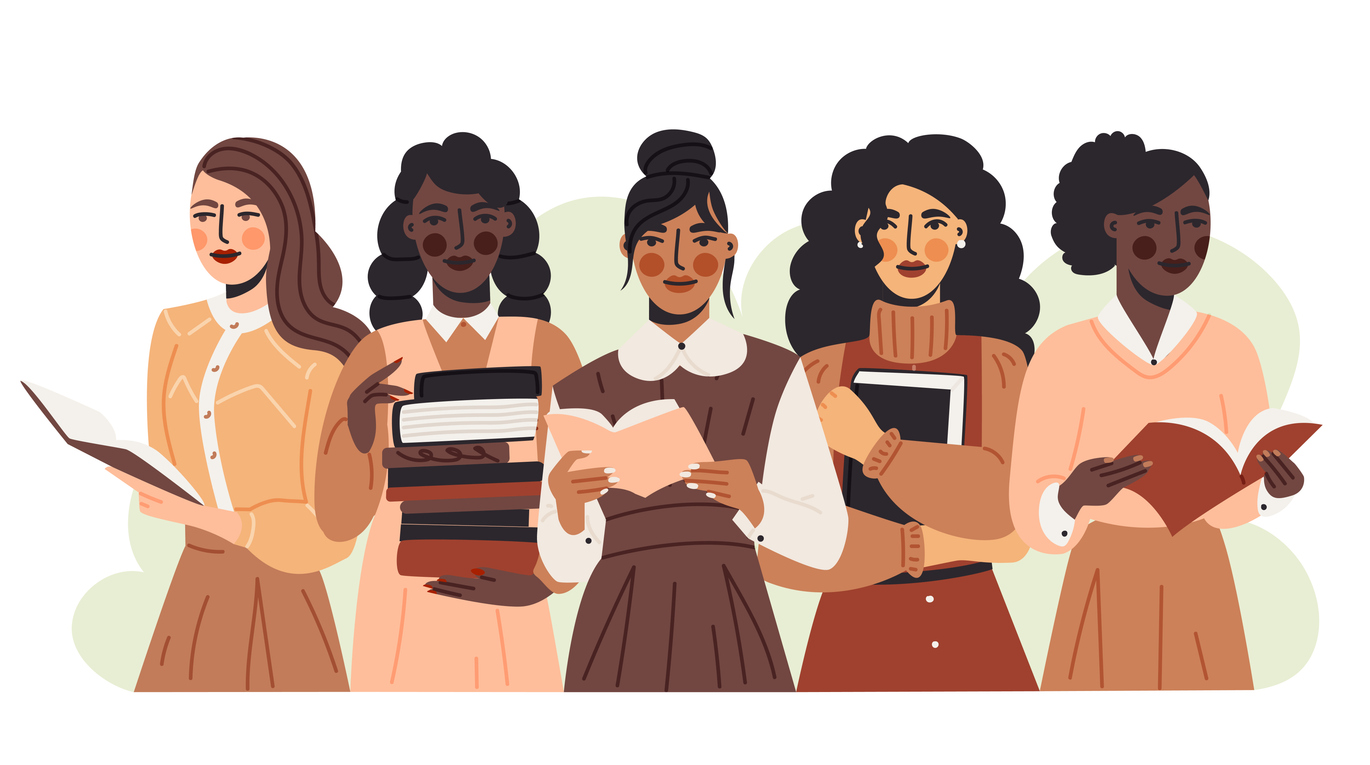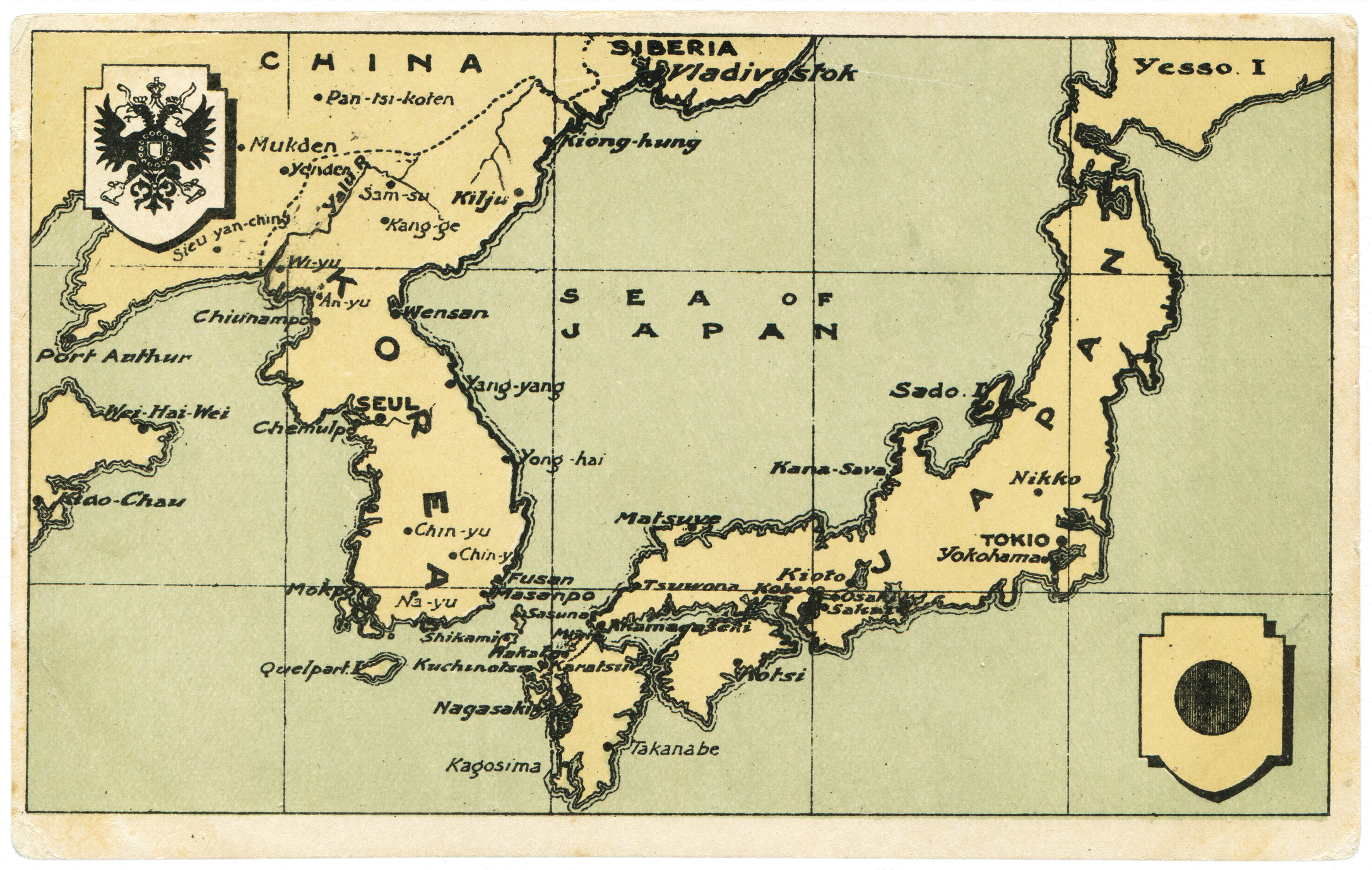Stay Up To Date

Enhancing Geographic Literacy in Elementary Bilingual Classrooms: The Role of Atlases
In today’s globally connected world, students need to understand how people, places, and environments interact.

5 Self-Care Recommendations for Educators During Spring Break
For educators, spring break is a well-deserved time before the final push to the end of the school year.

Decision Making in United States History: Operation Ajax
Think of a time when you said to yourself, “Ugh! That was a mistake,” or “How could I have done that?” or “I should have thought that through!” We have all made decisions that we came to regret, some small and some, unfortunately, very significant.

Leaving a Mark: Annotation Strategies for Deep Learning and Discussion
In content areas that rely on students understanding and then applying information from images and documents, it can be difficult to know what is happening in students’ heads as they read and analyze.

How to Foster Executive Functioning Skills in the Classroom
Ever wonder how some students seem to juggle assignments, remember deadlines, and stay calm under pressure while others struggle to keep track of their notebooks? The secret ingredient is executive functioning—our brain’s internal air traffic control system.

5 Influential Women in History Who Were Movers and Shakers in Education
Education has always been a powerful tool for empowerment and social change, and throughout history, and educators and social activists have played pivotal roles in shaping opportunities for future generations.

The Importance of Teaching Geographic Literacy
We are inundated with reports, headlines, and assessment data that suggest that we must focus our attention on the state of geographic literacy in our county.

Decision-Making World History Lesson: The Opening of Japan in 1853
Social studies teachers are constantly looking for ways to engage students in the learning process.

Amplifying Social Studies Instruction with Content and Language Support Strategies
One of the most powerful pictures I ever saw in education was the image of students of different shapes and sizes in front of the fence that represents “equality” and then those same students standing on boxes that represented “equity.